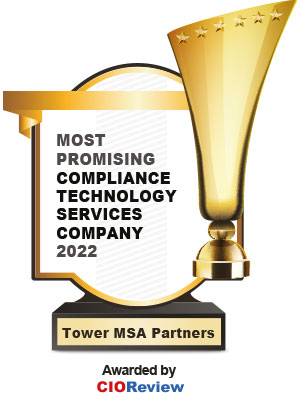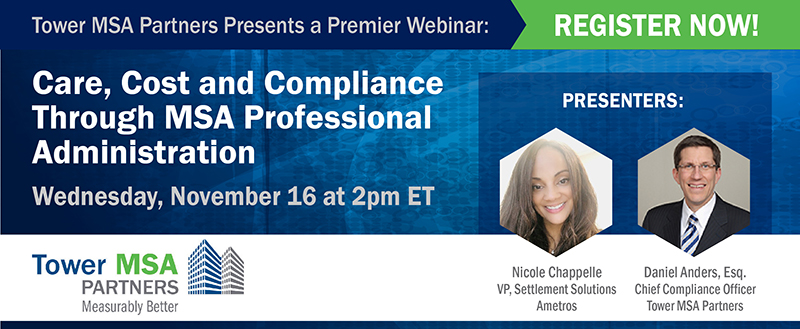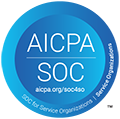Starting July 2023, Responsible Reporting Entities (RREs) can access updates/changes that another source has made to their claims for Ongoing Responsibility for Medicals (ORM). The Centers for Medicare and Medicaid Services (CMS) announced this in an update to its MMSEA Section 111 NGHP User Guide, Version 7.0.
It may surprise insurers and self-insurers that the ORM data they report through Section 111 reporting can be modified by the Benefits Coordination and Recovery Center (BCRC), which coordinates benefits on behalf of CMS. For example, suppose a claimant contacts the BCRC and advises that they are being denied medical care due to an open ORM (ORM indicates the RRE accepts the claim). In that case, the BCRC may update the ORM record to indicate that medical has been terminated (especially if the claimant indicates the case has been settled).
The RRE needs to be notified of this action to correct its reporting or to advise the BCRC that this was an erroneous change to the record.
Presently, and in our experience, the BCRC typically issues a letter to the RRE advising of the change it made to the ORM status. Starting this summer, RREs can also access these changes through Section 111 reporting. The revised user guide states:
Effective July 2023, RREs will be able to opt in via the Section 111 secure website to receive a monthly NGHP Unsolicited Response File. This will provide critical information about updates to ORM records originally submitted in the last 12 months and allow RREs to either update their internal data or contact the Benefits Coordination & Recovery Center (BCRC) for a correction.
This report will provide the source of the record modification and the reason for it. This should eliminate confusion when the BCRC changes ORM reporting data.
Other Updates to Section 111 User Guide
CMS included these other updates in Version 7.0 of the user guide:
- Sections 6.4.2, 6.4.3 and 6.4.4. of Chapter III: Policy Guidance indicated CMS would maintain the $750 reporting threshold for physical trauma-based liability insurance settlements and the $750 threshold for no-fault insurance and workers’ compensation settlements, where the no-fault insurer or workers’ compensation entity does not otherwise have ongoing responsibility for medicals.
- In Chapter IV: Technical Information besides the aforementioned ability to, as of July 2023, obtain an NGHP Unsolicited Response File, CMS put in place the following changes:
- Information on recovery agents was clarified to emphasize that such agents need written authorizations to pursue any post-demand actions (Section 6.3.1).
- Recovery agents may now view the Open Debt Report on the Medicare Secondary Payer Recovery Portal (MSPRP), if the agent has an active MSPRP account with a TIN matching one submitted on the RRE’s TIN Reference File (Section 6.3.1.2).
- ORM Termination Date field number 79 was corrected for the Event Table (Section 6.9.1).
As Tower is a recovery agent for many of our clients, the ability to download a copy of the Open Debt Report will be helpful in monitoring CMS’s ongoing recovery actions.
- Finally, CMS updated Chapter V: Appendices as follows:
- The CP13 soft edit policy limit amount has decreased from $1000 to $500 (Appendix F).
- For the TIN Reference File, the Go Paperless Indicator is no longer required when submitting the Recovery Agent TIN (Field 25) (Appendix G).
If you have any questions on these updates, don’t hesitate to contact Tower’s Chief Compliance Officer, Dan Anders, at Daniel.anders@towermsa.com or 888.331.4941.











